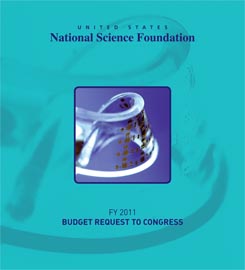
Stretchable and Twistable Electronics
Credit: John Rogers, University of Illinois.
Researchers Yonggang Huang at Northwestern University and John Rogers at the University of Illinois at Urbana-Champaign have developed circuits that can stretch, bend and even twist! In the past there have been limits for the use of electronic components--which have been flat and unbendable--due to the fact they are made primarily of silicon, which is brittle and inflexible. Bending or stretching would make the component useless. Now, Huang and Rogers have developed a process to produce stretchable electronics, increasing the stretching range by as much as 140 percent and allowing users to subject circuits to extreme twisting. The new technology improved upon several past developments by the pair. This emerging technology will be ideally suited in instances where flat, unbendable electronics would fail. Potential uses include flexible sensors, transmitters and new photovoltaic and microfluidic devices, as well as areas of medicine and athletics. Huang and Rogers are also looking into possible application of their technology in solar panels. This research was supported by NSF and the Department of Energy.
For more information, see: https://www.nsf.gov/news/mmg/mmg_disp.jsp?med_id=65335.
Return to the FY 2011 budget request page.
For more information about file formats used on the NSF site, please see https://www.nsf.gov/help/plugins.jsp.
